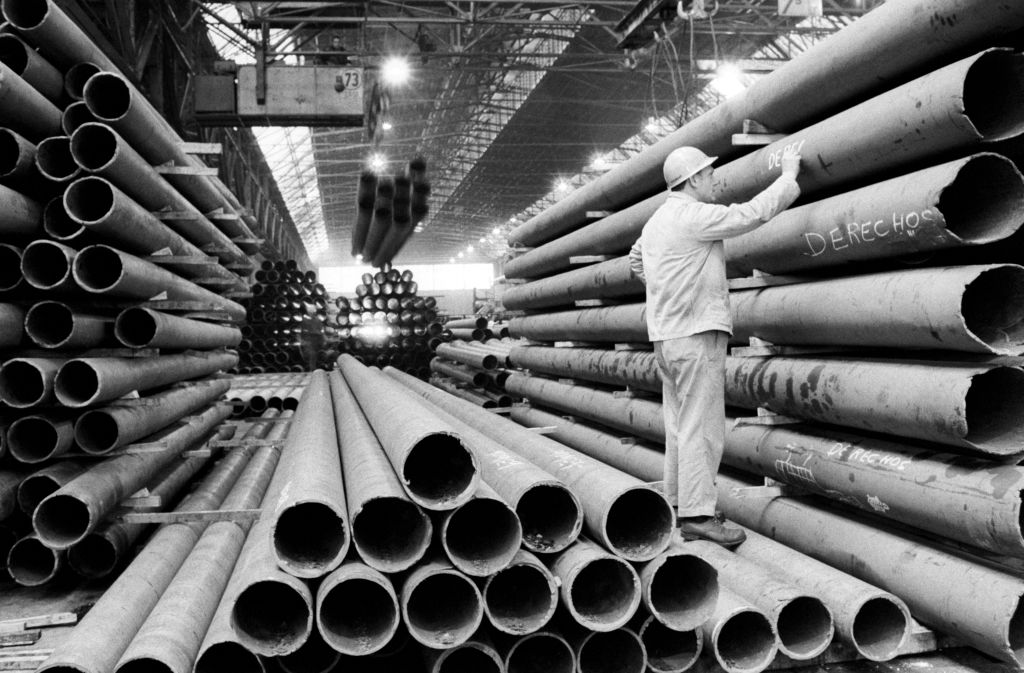Weekly Chart: Argentina's New Inflation Numbers
Weekly Chart: Argentina's New Inflation Numbers
On July 11, Argentina published its first undoctored inflation figures since 2007.
On July 11, Argentina registered a feat: the first publication of unadulterated inflation numbers since 2006. Mauricio Macri, who took office in late 2015, has focused on turning around the country’s economy via measures that include refurbishing the country’s national statistics agency, Instituto Nacional de Estadísticas y Censos (INDEC). The agency changed the way it was calculating inflation during President Cristina Fernández de Kirchner’s government and manipulated the data to show lower figures from 2007 through 2014. In that span of time, Argentina’s official national inflation figures averaged 11.3 percent lower than those published by private firm PriceStats.
Straightening out the data is a start. But now the Macri government must tackle what the new numbers reveal: persistently high inflation. While Argentina’s Central Bank set 2017’s inflation target for no higher than 17 percent, the new July Consumer Price Index report shows the country is on track to ending the year closer to 22 percent. So far the accumulated inflation in the first six months of the year is 11.8 percent.
Nonetheless, 22 percent is an improvement from the government’s rate of 36 percent inflation in 2016. The IMF 2016 estimate had a lower estimate of 25 percent, while PriceStats’ figure was 28 percent. What’s more, transparent statistics—good or bad—mean the country is regaining international credibility. Last November the International Monetary Fund lifted its censure on Argentina, initiated in 2011, concluding that Argentina’s Consumer Price Index “is now in line with international standards,” and in June, The Economist also resumed publishing Argentina’s inflation statistics in its weekly edition.
AS/COA Online looks at the new data and charts Argentina's history of inflation.









